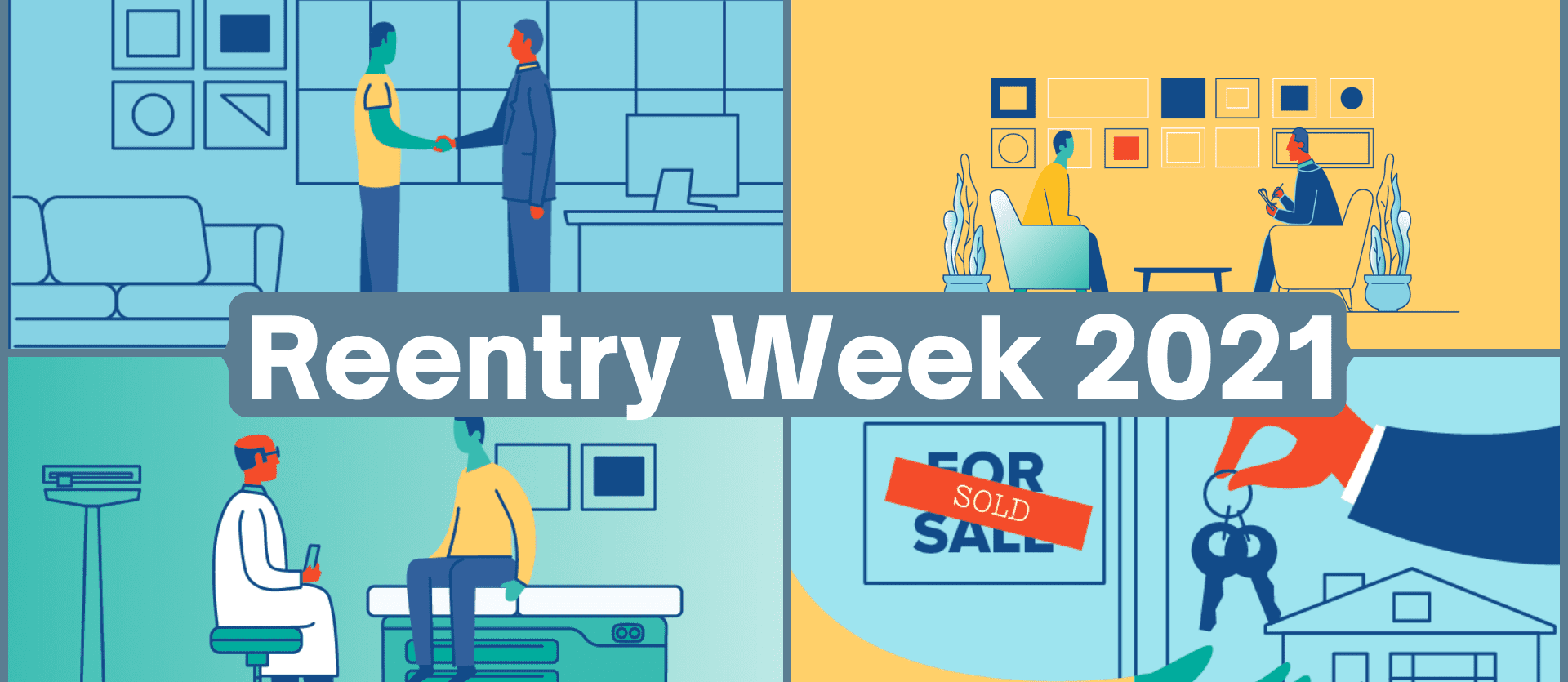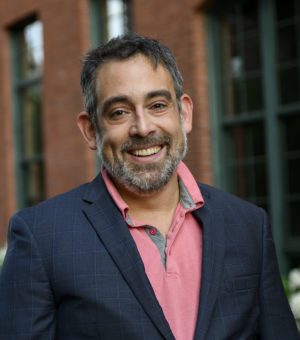
Lack of access to safe, affordable housing is a widespread problem in the United States. A first step to addressing that problem can be for jurisdictions to conduct a housing needs assessment, which provides a baseline for efforts to increase housing access and supply.
The City of Salina, Kansas, conducted such an assessment in 2016. As a result, city officials discovered that the population most in need of housing supports were people in contact with the criminal justice system. Catholic Charities of Northern Kansas, a regional service provider, took the lead in responding to that need. They leveraged U.S. Department of Housing and Urban Development Emergency Solutions Grant (ESG) funding to provide rapid re-housing assistance to people leaving jail and prison. Rapid re-housing assistance includes short-term financial support—such as rental assistance, security deposits, and utility arrearage payments—as well as housing search, landlord mediation, and other support services.
Although many agencies use ESG funds for rapid re-housing, few use these funds for the express purpose of serving people returning to their communities after incarceration. We spoke with Claudette Humphrey, director of stabilization services for Catholic Charities of Northern Kansas, to hear more about their ESG-funded housing programming for people in the criminal justice system.
How did the City of Salina determine that people who have been in the criminal justice system should be prioritized for housing programming?
The program was the result of brainstorming between the former executive director of our agency and myself. We wanted to be sure to utilize limited ESG funds in a way that didn’t duplicate other programs within the Salina community. After much discussion with a number of community members through the housing needs assessment process, we determined that those folks who were under some sort of legal supervision had a much more difficult time in securing stable housing, despite the fact that housing is such an integral part of a person not returning to crime.
How are people in jail and prison identified as candidates for the program?
Folks come to our program in a variety of ways, but usually their supervision officers or others working with them in the community after they are released, such as mental health or substance use professionals, make the referral to the program. We also have staff within the jail or prison system identify folks who might be able to benefit from the program and make the initial referral as part of the post-release transition planning.
How have you built relationships with landlords and other housing providers to create housing opportunities?
Over the years we have developed some great relationships with landlords and other housing providers who are willing to give people a second chance. They know that we work with the clients and are a part of a larger group of agencies and professionals who are working to increase the likelihood of success. We have had some great successes with the program, but it has been rocky. When you work with this population, recidivism and relapse is a real part of the recovery process, so it is understood that although we have safety nets built into the program for support, some folks may return to patterns of behavior that increase their likelihood of returning to precarious living arrangements and homelessness.
What steps does the program take to help ensure that participants are stably, permanently housed?
Clients receive an initial three months of rental assistance once they are able to secure housing, with an automatic three-month extension if they are not yet able to independently afford full market rent. To assist in the search process, we provide an approval letter that outlines the program for landlords so they understand how we will be working with the client over the three–six months of assistance to try to ensure success. If a participant hasn’t yet reached a point where they can afford rent on their own, additional limited extensions are possible, along with the option to gradually “step down” rental assistance.
Where would you like to see this program go in the future?
We would like to see this program expand to more of our coverage area. We cover 31 counties, so that is a lot of territory. The hope is that we can open the program to assist anyone who is in need of this service, but to be sure we continue to include those who are under legal supervision. The fact remains that this population of folks have a much tougher time securing permanent and stable housing, but, when they are able, the incidence of recidivism is dramatically decreased. The program literally has the capacity to change the outcome for many folks who just need a chance to turn things around. That starts with housing!
This project was supported by Grant No. 2020-CZ-BX-K001 awarded by the Bureau of Justice Assistance. The Bureau of Justice Assistance is a component of the Department of Justice’s Office of Justice Programs, which also includes the Bureau of Justice Statistics, the National Institute of Justice, the Office of Juvenile Justice and Delinquency Prevention, the Office for Victims of Crime, and the SMART Office. Points of view or opinions in this document are those of the author and do not necessarily represent the official position or policies of the U.S. Department of Justice.
Photo by Lewis J Goetz on Unsplash.
ABOUT THE AUTHOR












